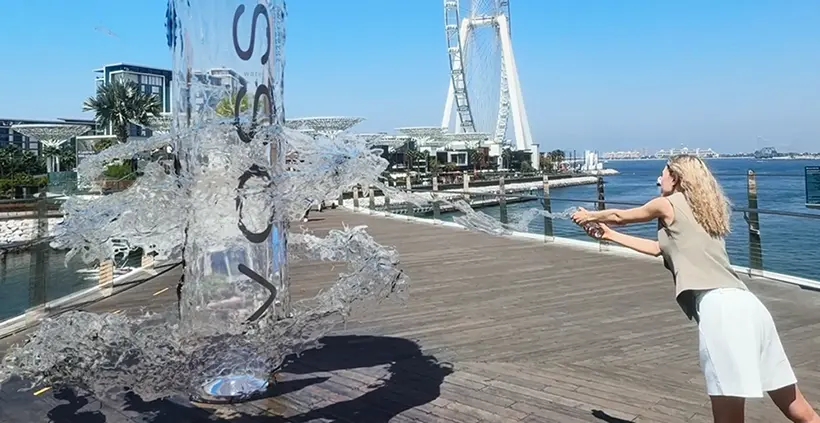Mixed Reality: Make the Impossible Feel Real

Mixed Reality blends CGI into real-world footage so the impossible feels authentic at a glance. That first second matters: a familiar street, a product that bends physics, a reveal that doesn’t look staged. The brain debates what the eyes see, and that friction earns attention. Used well, MR becomes a branded magic trick - recognizable places, impossible actions, and a payoff designed to get shared rather than simply watched through.
The strength of MR is context. Because the backdrop is real, viewers subconsciously assign credibility to the scene, which increases watch time and lowers the urge to swipe away. It also turns routine product messages into cultural artifacts: “Did you see that?” moments people DM to friends. MR is not about louder graphics; it’s about using reality as the canvas and letting your idea bend it in one striking, memorable beat.
Production moves fast when you leverage existing assets. Brands can provide handheld footage, location plates, or even licensed stock; we handle the matchmove, lighting, and compositing. That accelerates timelines without sacrificing finish. In most cases, a 10–20 second MR spot ships in ten to fourteen days with multiple ratios for distribution. Add subtle sound design and a clean CTA frame, and you have a social-ready asset that feels made for the platform.
Performance compounds when MR leads and a clear path follows. Send viewers to a relevant section - Mixed Reality, not a generic homepage - show two proof points, and keep one primary CTA. A/B test the opening two seconds: scale, camera drift, or a quicker reveal often lift completion rates. The goal isn’t confusion; it’s controlled disbelief that resolves into a brand story. When the effect supports meaning, virality and metrics can finally point in the same direction.
Execution and Performance
Start with an everyday anchor - a storefront, a transit hub, a desk - then choreograph one impossible event that ties back to product value. If it solves a real user tension, the “wow” is earned. Avoid bloated sequences; MR works best as a clean thesis, not a montage. The craft lives in the invisible: perspective, shadows, reflections, and the micro jitters of a handheld lens that sells the composite as native to reality.
Safety and permissions matter even for FOOH-style illusions. Clarify what is real capture versus digital extension, and avoid setups that could encourage risky behavior if copied. The most effective MR clips feel public yet responsible - designed for feeds, not to create crowds. When the narrative is playful, not provocative, brands benefit from press interest without stepping into controversy. Sustainable virality is the target: momentum you can stand behind after the views arrive.
Distribute with intent. Organic reach is the spark; paid is the oxygen. Launch the hero cut organically to validate the hook, then support with targeted paid to qualified lookalikes. Pair a square or vertical cut with a 16:9 variant for editorial and PR. Tag assets clearly in your CRM - source, audience, MR intent - so sales sees the context behind each lead. Attention is a cost unless you route it through a landing that can convert curiosity into a conversation.
Measure with the right yardsticks. Beyond views, track hold at one second, at three seconds, and completion rate. Watch saves and shares as leading indicators, but relate them to sessions, form starts, and booked calls. If MR is your engine for awareness, let retargeting carry education and proof. The endgame is a simple chain: a striking moment, a relevant page, a short form or calendar slot, and a project scope you can quote with confidence.